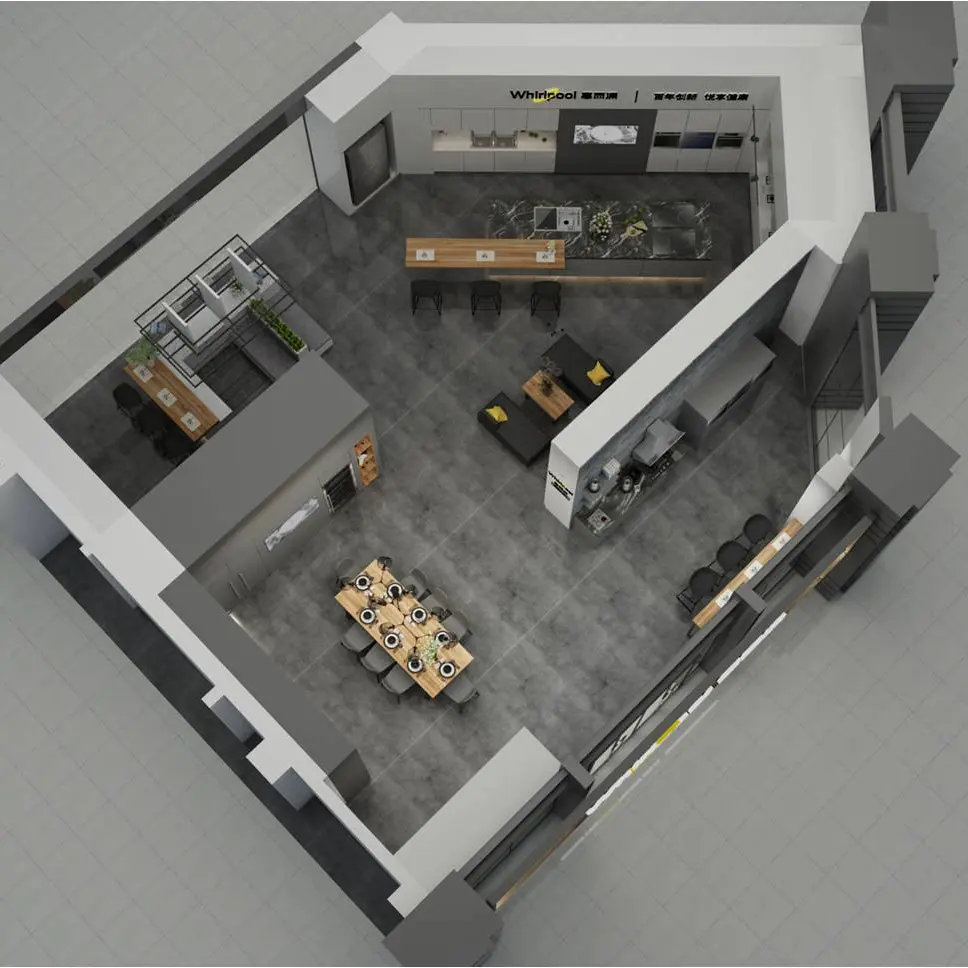Aug . 09, 2024 08:45 Back to list
Innovative Store Design Ideas for Enhancing Retail Space and Customer Experience
The Art of Shop Fitting Transforming Spaces into Experiences
Shop fitting is not merely about designing a space; it’s an intricate art that involves transforming an ordinary commercial area into a captivating environment that enhances the shopping experience. This blend of creativity and functionality plays a crucial role in attracting customers, promoting products, and ultimately driving sales. As retail continues to evolve in the face of changing consumer behaviors and technological innovations, effective shop fitting has become more important than ever.
At its core, shop fitting involves several key components space planning, design, and implementation. It begins with understanding the retail space and its target audience. A well-fitted shop is designed to align with the brand’s identity while appealing to the preferences and behaviors of potential customers. For instance, a high-end boutique may utilize sleek lines, luxurious materials, and soft lighting to create an inviting atmosphere, whereas a sporting goods store might favor industrial materials, bright colors, and an energetic layout that embodies the spirit of adventure.
One of the fundamental aspects of shop fitting is optimizing the layout of the space
. Effective floor planning not only maximizes the use of available square footage but also creates a logical flow that guides customers through the store. This can influence how long customers stay, how much they interact with products, and ultimately, how much they purchase. Strategies such as strategic placement of popular items, effective use of displays, and clear signage can significantly enhance the customer experience.shop fitting

Furthermore, the importance of visual merchandising cannot be overstated. This practice is closely tied to shop fitting and is centered on the presentation of products in an appealing way. Utilizing colors, lighting, and display techniques can create focal points that draw customers’ eyes and entice them to explore further. Innovative solutions, such as interactive displays and digital integration, can elevate the shopping experience, making it not just a transaction, but an engaging adventure.
Technology has transformed shop fitting as well. With the rise of e-commerce, retailers are faced with the challenge of creating an in-store experience that cannot be replicated online. This has led to the integration of digital touchpoints within physical stores, such as augmented reality (AR) displays or interactive kiosks that provide additional product information or even allow customers to visualize products in different settings. Consequently, shop fittings now incorporate not only traditional design elements but also cutting-edge technology that enhances interactivity and personalization.
Additionally, sustainability is becoming a significant consideration in shop fitting. As consumers become more environmentally conscious, retailers are increasingly tasked with incorporating sustainable design practices into their shop fittings. This can include using eco-friendly materials, energy-efficient lighting, and efficient layouts that reduce waste. By embracing sustainability, retailers not only meet consumer expectations but also contribute to a better planet.
In conclusion, shop fitting is a crucial element of the retail landscape, merging design, psychology, and technology to create compelling shopping environments. As consumers seek unique experiences rather than just products, the role of effective shop fitting will continue to grow in importance. For retailers looking to thrive in an increasingly competitive market, investing in thoughtful shop fitting is not just beneficial—it's essential. The right fit can turn a simple store into a destination, making the shopping experience not just memorable, but also enjoyable.
-
The Benefits of Electronic Shelf Labels for Modern Stores
NewsJul.01,2025
-
Space-Saving Retail Store Furniture Designs for Small Shops
NewsJul.01,2025
-
Slatwall vs. Gridwall: Which Store Fixture is Right for Your Business?
NewsJul.01,2025
-
Shop Fittings: Essential Elements for a Functional Retail Space
NewsJul.01,2025
-
How to Design a Minimalist Cosmetic Shop Display
NewsJul.01,2025
-
Creative Clothes Shop Display Ideas to Attract More Customers
NewsJul.01,2025


















































































































